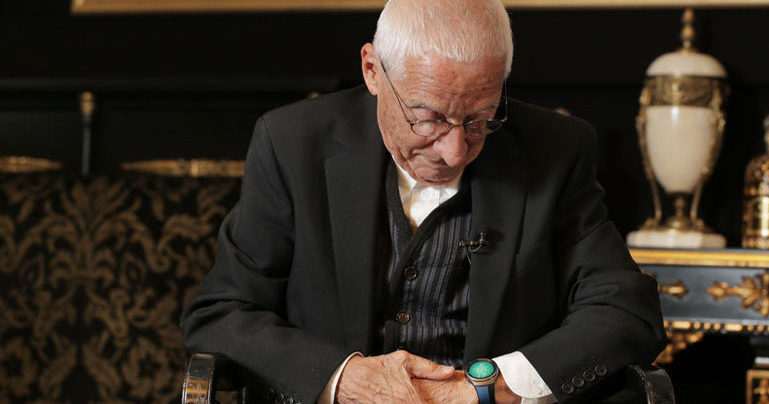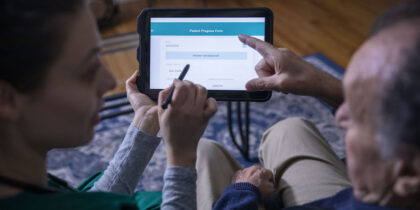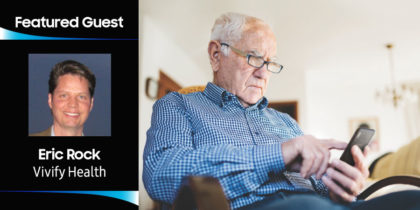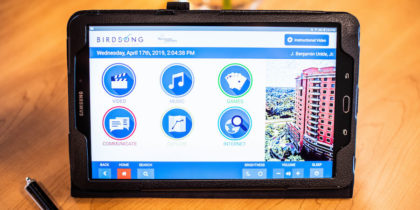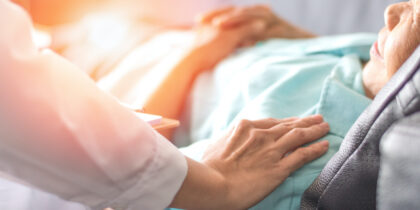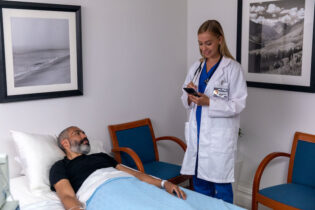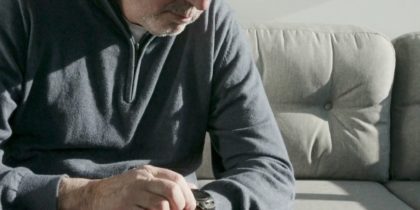As people age, their health concerns and challenges tend to change. Seniors care about their fitness, but also may be motivated to track a chronic condition or another underlying health issue. Wearable devices can monitor information such as heart rate, steps taken, blood sugar and blood pressure readings. These features provide real-time assistance for monitoring general health concerns, chronic illnesses and fitness goals.
Enter the booming global wearable device market. The IDC reports that 125.5 million wearable devices shipped in 2017. Based on growth projections, that’s expected to nearly double to 240.1 million devices shipped in 2021. Advances in wearable technology may contribute to changing reasons for using these devices in healthcare, as well as the demographics of those who use them.
“The requirement for self-health monitoring and preventive medicine is increasing due to the projected dramatic increase in the number of elderly people until 2020,” notes medical research published in journals for the National Center for Biotechnology Information. “Developed technologies are truly able to reduce the overall costs for prevention and monitoring. This is possible by constantly monitoring health indicators in various areas, and in particular, wearable devices are considered to carry this task out.”
Ensure the Security of Healthcare Apps
Download the white paper for a free guide to mobile security in healthcare. Download Now
Yet even seniors without chronic conditions are often beset by other health concerns. This age group may be more impacted by physical challenges, mobility issues, safety concerns and social isolation. Caregivers share these concerns, wondering how to improve senior care and create a reliable safety net to protect their loved ones. As this age group grows, health facilities that serve the senior market increasingly look to technology as a health monitoring tool.
Selecting the Right Wearable Device
When seniors, and those who care for them, look for wearable devices to assist with the activities of daily living, they want a device with a spectrum of functions, that can be set to their specific needs, adapt when things change as well as address the needs of multiple audiences:
- A device with no stigma attached. Many wearable devices designed for seniors are noticeable, obtrusive and aren’t always something users want to wear. To seniors, they can be an obvious indicator of aging. Often these devices serve a single function and offer no ability to customize to the specific needs of the user. Devices like the Samsung Gear S3 help overcome the stigma associated with remote monitoring devices. The Gear S3 looks like any other premium watch, but has the added functionality of instant communication and health monitoring apps that can be configured to the exact needs of the wearer.
- Constant connectivity. Seniors don’t always want to carry a smartphone with them everywhere they go. A wearable device offers mobile connectivity to send texts, receive emails, get notifications or even make calls — all without the need for a phone. A built-in microphone and speaker are helpful features in wearables. This connectivity gives seniors the freedom to stay active with the security of knowing they can reach a caregiver or emergency service if needed. Built-in GPS functionality helps with tracking and long battery life means the wearer only has to worry about charging every few days.
- Easily customizable and simple to use. App developers for senior care clients want to work with platforms that are easy to code and devices that focus on a simple user interface. For example, with the Gear S3, a user simply rotates the bezel to access apps, reducing the need to scroll through countless menus. User interface elements work in harmony to ensure the user experience is seamless and intuitive. Samsung Business Services integration allows customization of app details and supports mobile management and security services across an existing mobile ecosystem. The focus on simple setup means device users and healthcare support staff can easily adjust to the technology and have a quicker adoption cycle.
How Wearables Enable Independence
Seniors want to stay independent, healthy and in control of their lives for as long as possible. Many businesses and health organizations are already exploring how wearable devices can better serve the senior market.
With a flick of the wrist, Reemo software can operate lights, locks, thermostats and appliances using SmartThings plugins. The software works by combining Samsung Gear S2 and S3 smartwatch capabilities with Samsung’s SmartThings connected home technology.
In this way, Reemo allows seniors to perform everyday tasks with simple hand gestures. The device provides an always-on communications link that allows the wearer to connect immediately with a caregiver or emergency personnel if needed. The app also allows caregivers and healthcare teams who work with seniors to monitor biometrics, activity levels and GPS location to ensure their health and safety.
This technology combination provides seniors with the independence and autonomy that they crave, while also giving caregivers and healthcare professionals accurate insight into trends that may be a cause for concern and a reliable mode of communication.
Explore cutting-edge healthcare technology in more depth by checking out our full line of healthcare solutions.
